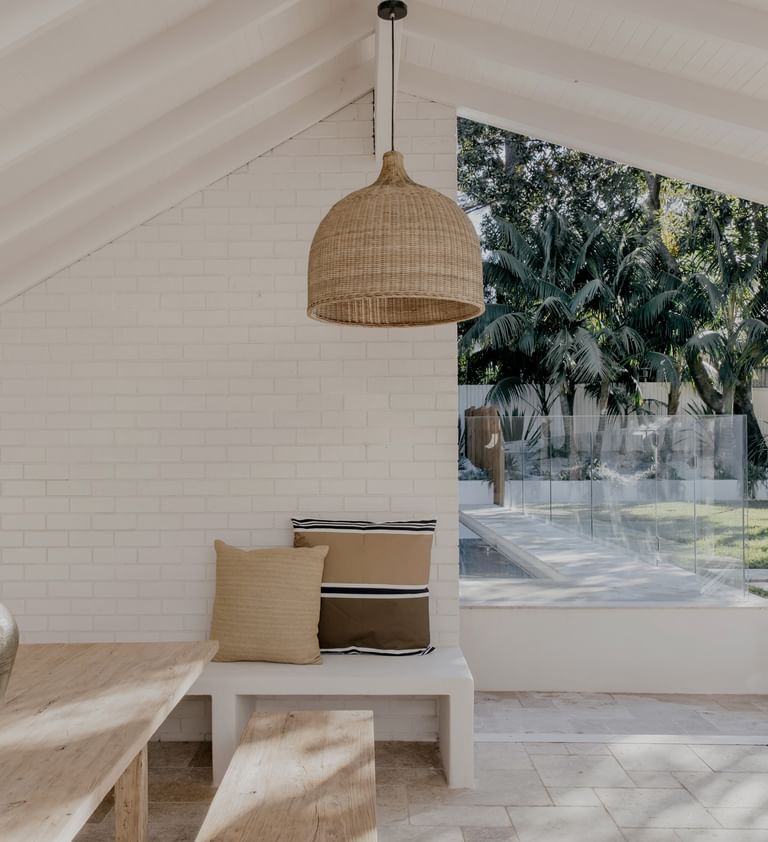The current price growth should be viewed through the lens of Australia's housing "super cycle" – a long-term structural trend that transcends traditional market cycles. Unlike typical housing cycles driven primarily by interest rates or market sentiment, this super cycle stems from deep structural changes creating persistent imbalances between supply and demand.
Australia continues to face a significant undersupply of housing, with last year's completion of 209,000 homes falling short of the required 220,000. This shortfall is compounded by demographic shifts and evolving living preferences that the construction industry is struggling to address.
The construction sector faces mounting challenges including rising business failures, declining productivity, and construction costs outpacing house price growth. Meanwhile, Australia's predominantly low-density cities make it difficult to efficiently meet changing housing needs compared to international counterparts.
These structural constraints effectively create a floor for housing prices and limit the potential for significant price reductions. Even without interest rate cuts, these fundamental factors are expected to maintain upward pressure on prices in the medium to long term.














